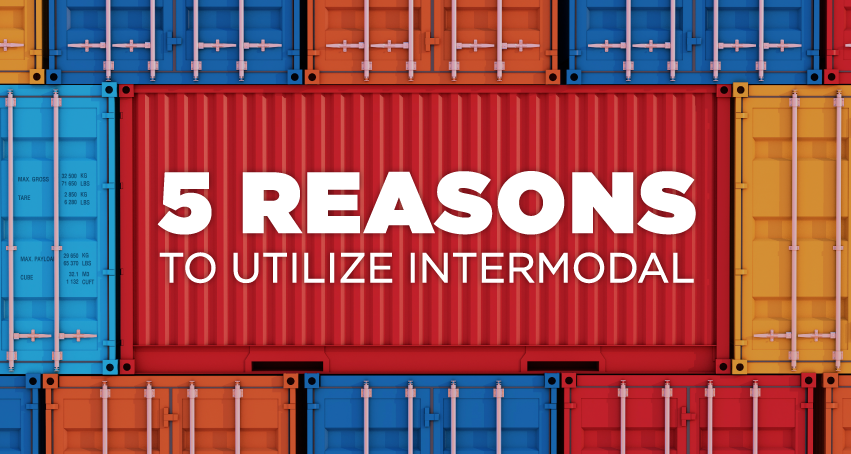According to domestic intermodal statistics provided by the Intermodal Association of North America (IANA), the surface transportation shipping community has increased consumption of domestic intermodal services over the last 15 years. The railroads and Intermodal Marketing Company (IMC) continue to fine-tune their service networks, transit schedules and capacity offerings to meet the needs of evolving supply chains. Although change has been constant during this evolution, an opportunity has surfaced for conversion from highway to rail. Let’s examine why this is a promising move to make as soon as possible.
Committed Capacity Allocation
The slowing growth has brought intermodal providers back to the table to offer capacity in smaller increments to small/mid-sized shippers. This opportunity to capture a firm capacity distribution won’t likely survive beyond third quarter. Moving now allows access to some of the most sought-after capacity in the marketplace.
Pricing is Fair
The Over-The-Road (OTR) spot marketplace has recently shown some significant instability. Less than a year ago, OTR pricing was reaching out for record highs on key load board directories. However, the OTR rates have since retreated to their lowest point in nearly two years in the last few weeks. OTR pricing doesn’t conform to the laws of physics, so expect what has fallen to rise again. The intermodal pricing being offered reflects a competitive fixed linehaul rate that can be secured ahead of further market swings. This intermodal linehaul, combined with a fuel surcharge, can shield a transportation budget from painful extremes when rates begin to move around again.
Service is Improving
Class I railroads know that in order to promote conversions from OTR to intermodal, they must create a consistent service product. Although there have been significant lane-pair reductions, these have allowed the railroads and IMC providers to focus on driving operational efficiency, continuity and cost management. This will allow intermodal to remain viable for decades to come. With the worst of the winter storms behind us, the intermodal lane transits are strengthening. Now is an excellent time to align supply chains with the intermodal transit offering.
Drayage Capacity
The major OTR trucking fleets will continue efforts to resolve the driver shortage that has periodically impacted access to capacity. The localized nature of intermodal drayage has continued to be a preferred driving option. Combined with small fleet expansions, contractor connectivity and a stronger base of carriers across major intermodal ramp markets, access to capacity has never been better. Drayage makes intermodal possible and can make or break the on-time service experience.
Market Timing
One of the fundamental theories of investing is to buy when prices are low, and that applies to surface transportation. If you’re in a position to adjust your portfolio mix and include intermodal, you will see benefits of doing this during later cycles. This shift timing allows you to enter the cycle when price, capacity and service are advantageous to the shipper. It also places you into a position to build a strong relationship with your intermodal provide.
The array of available dry and refrigerated intermodal services continues to expand as railroads and IMCs strive to meet shippers’ needs. The current market conditions present an ideal window of opportunity to begin utilizing intermodal services.
###
The England Logistics Full Truckload division offers a range of services for companies of all sizes. Dedicated team members are available day and night to offer solutions and assistance with all logistical needs. Regardless of the transportation mode, our market and seasonal specialists provide flexible shipping solutions and are committed to helping every step of the way.



